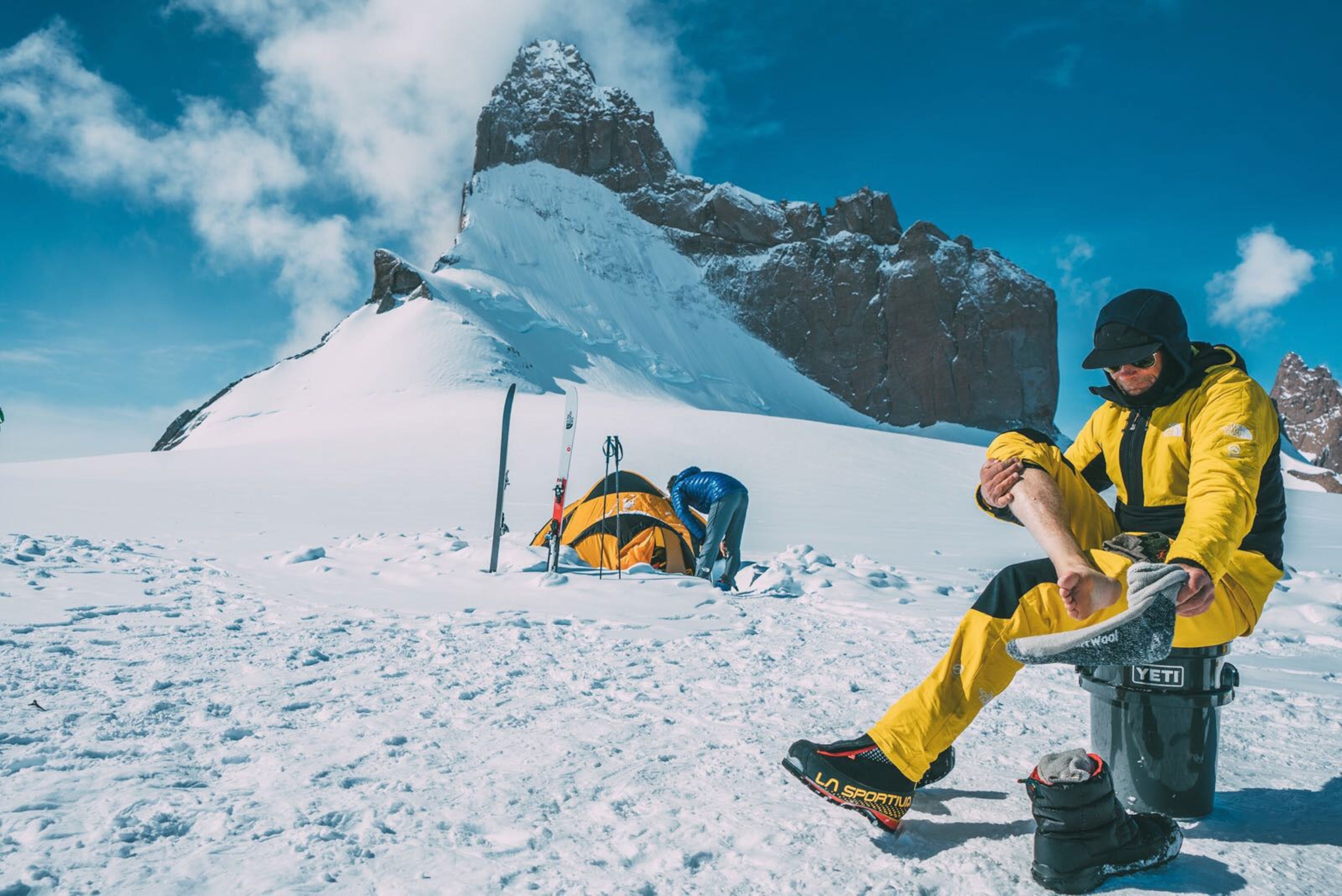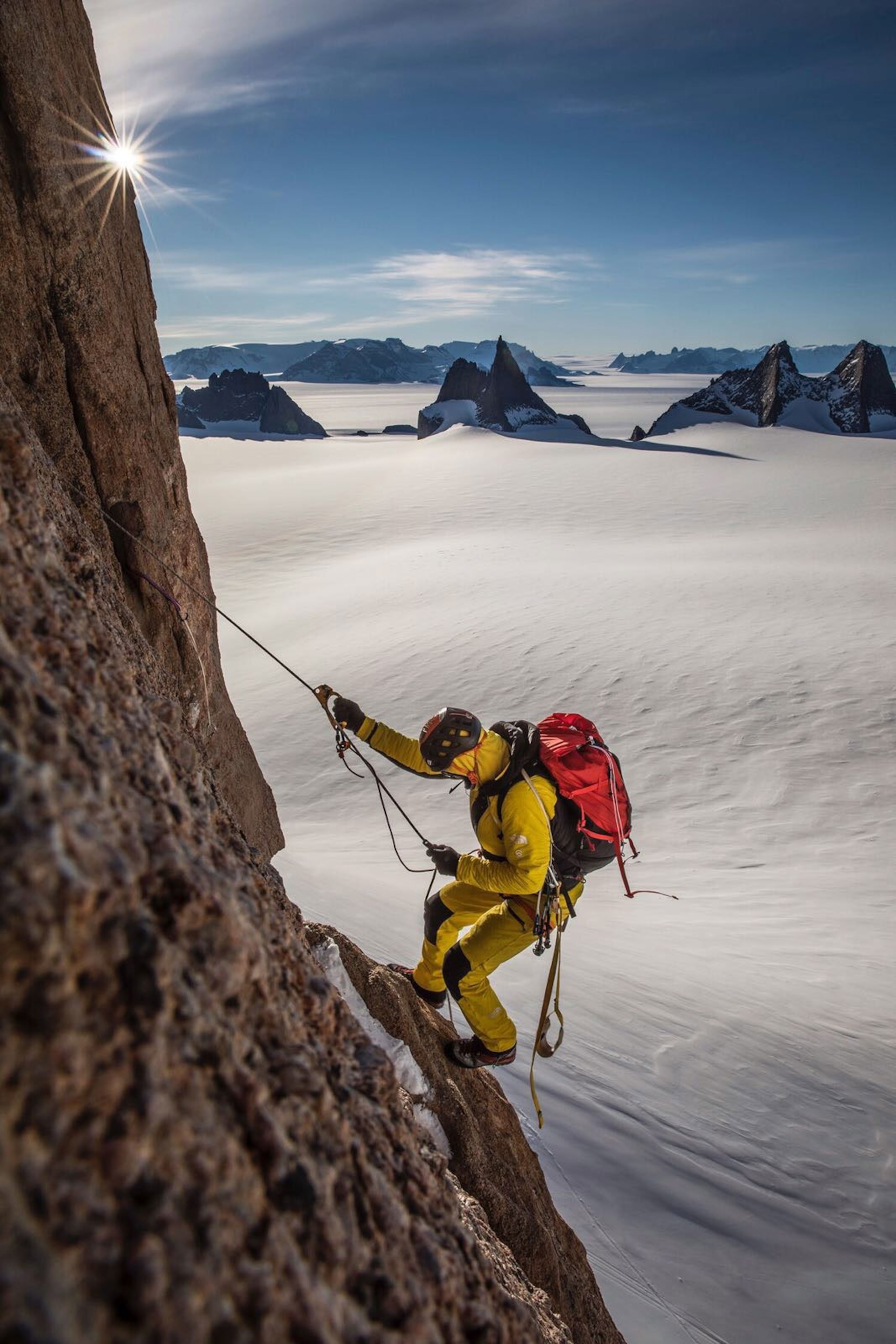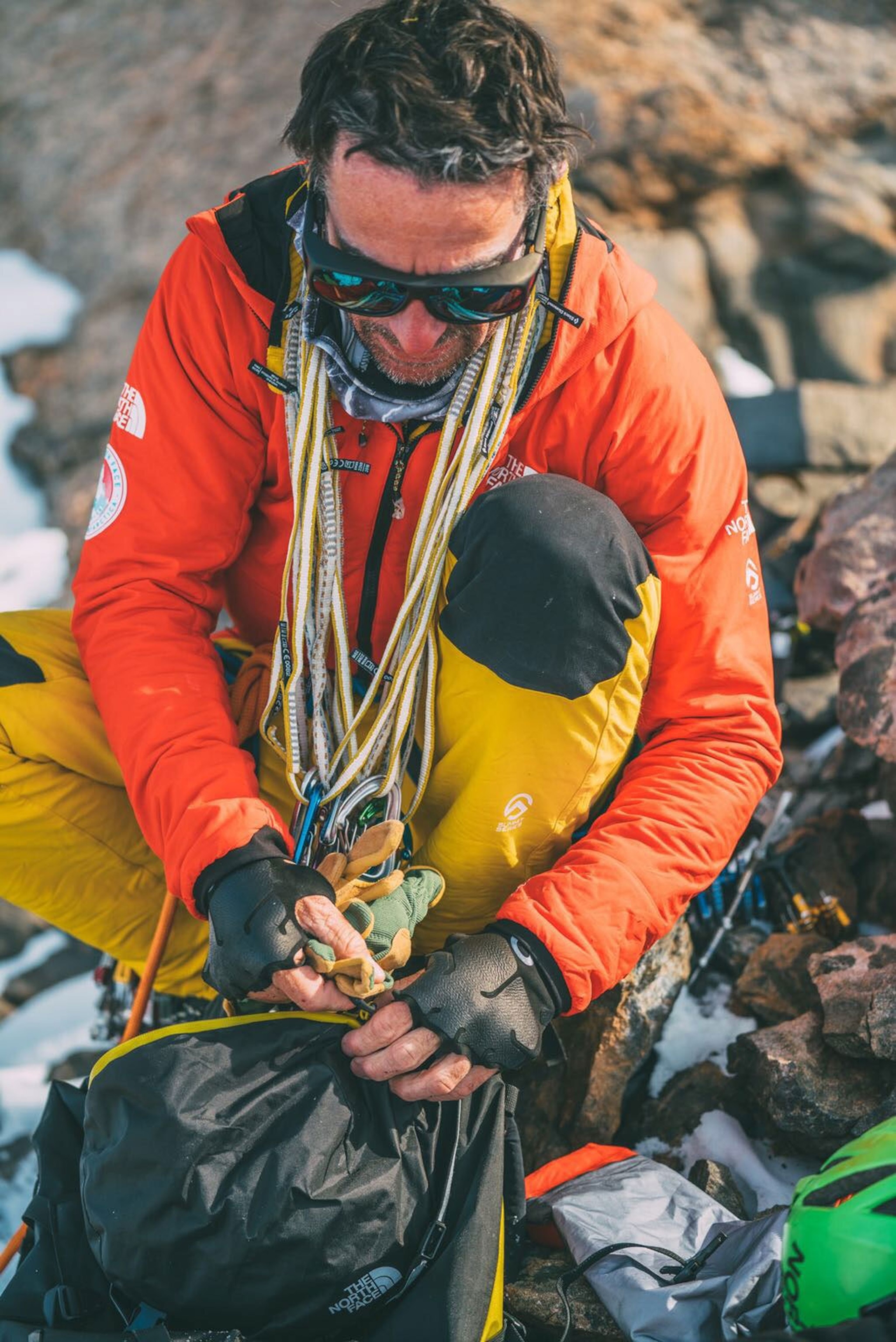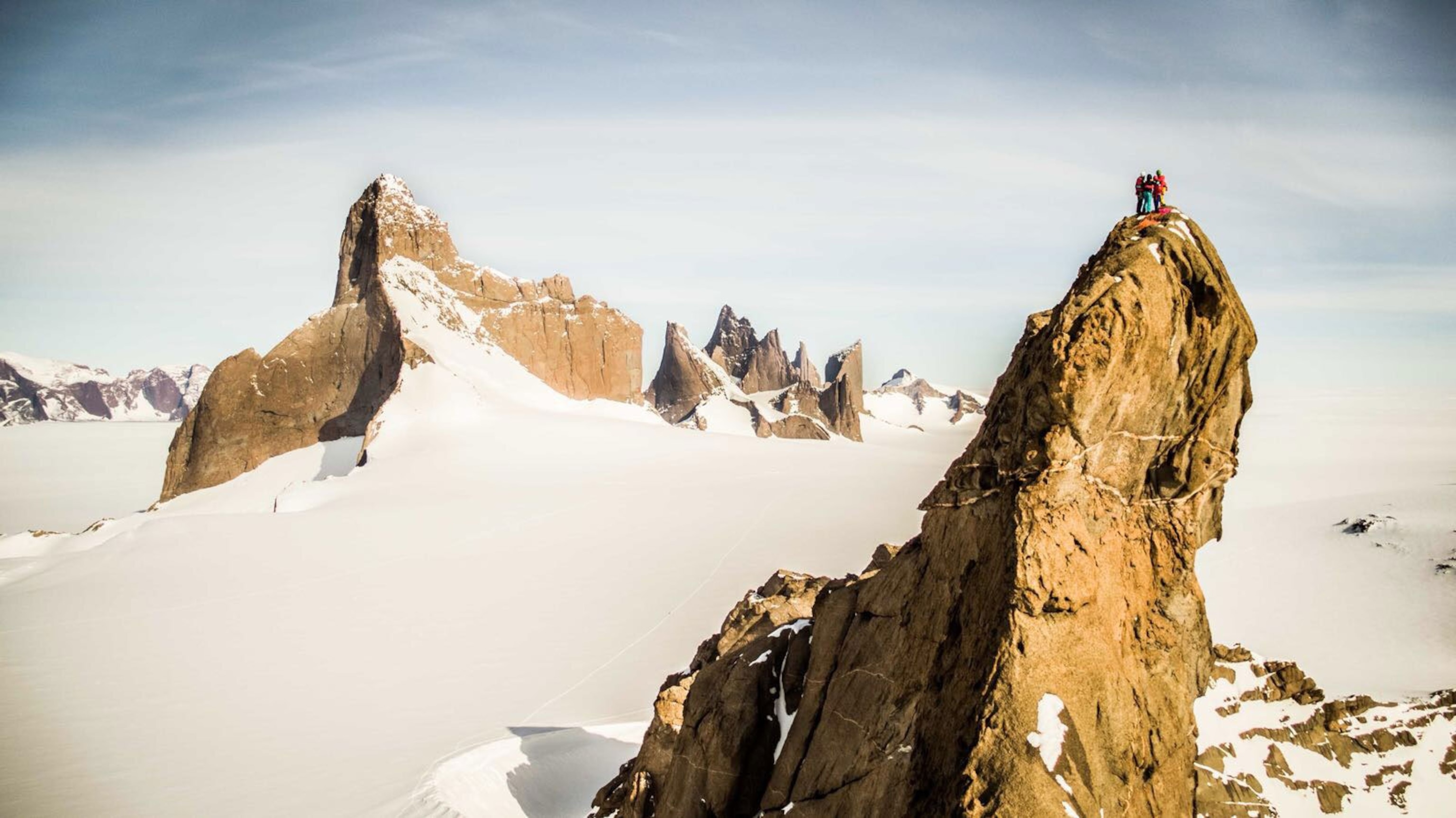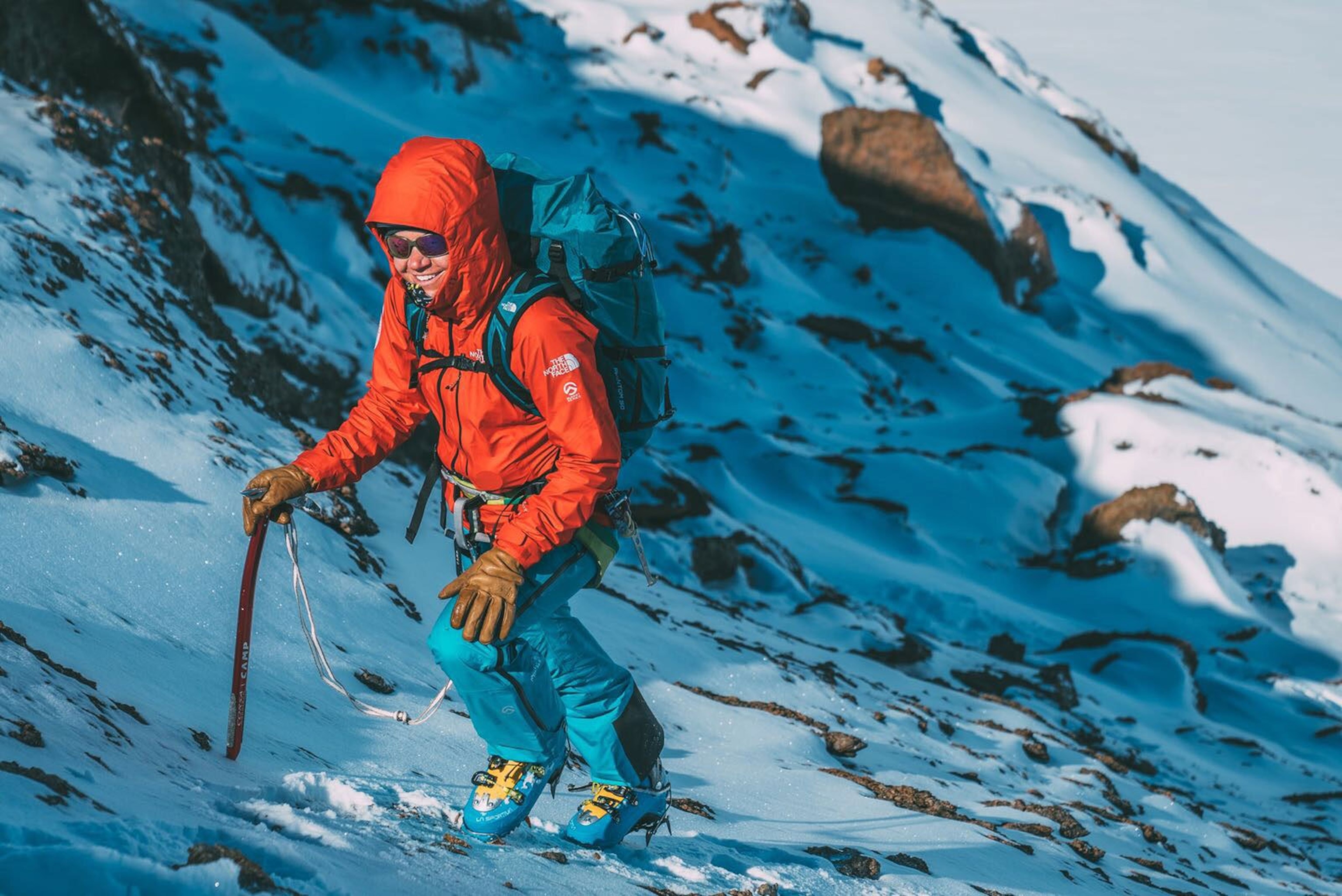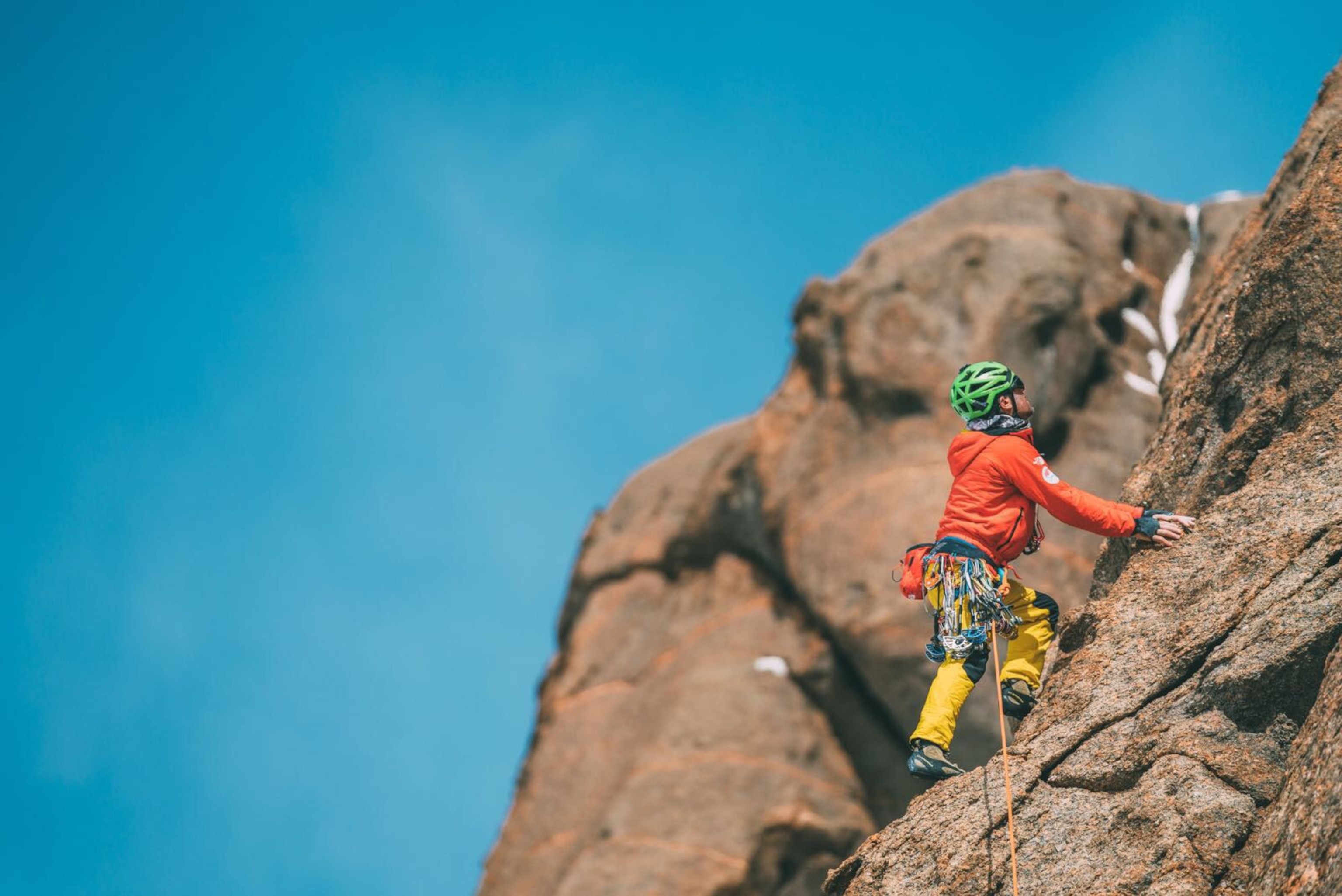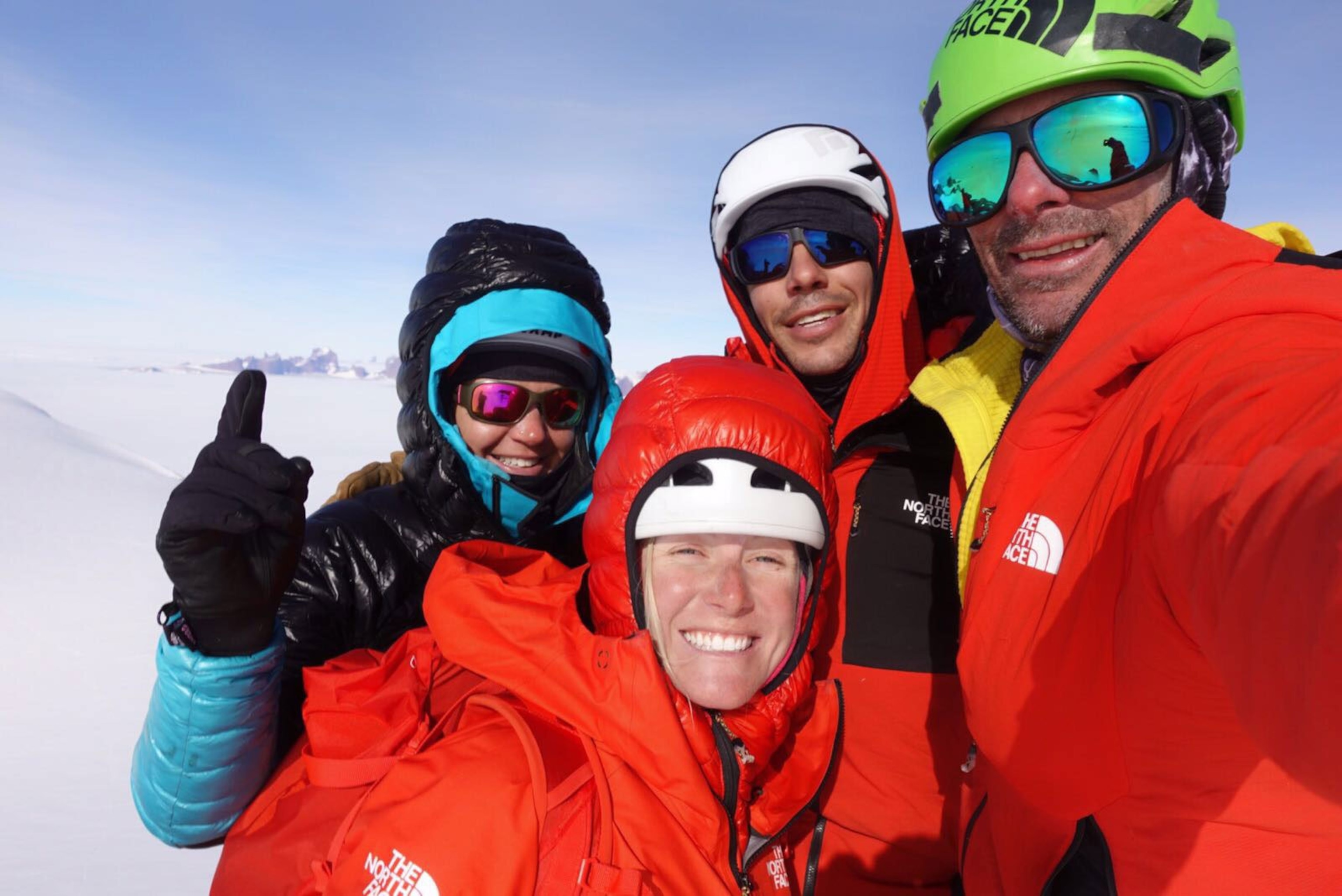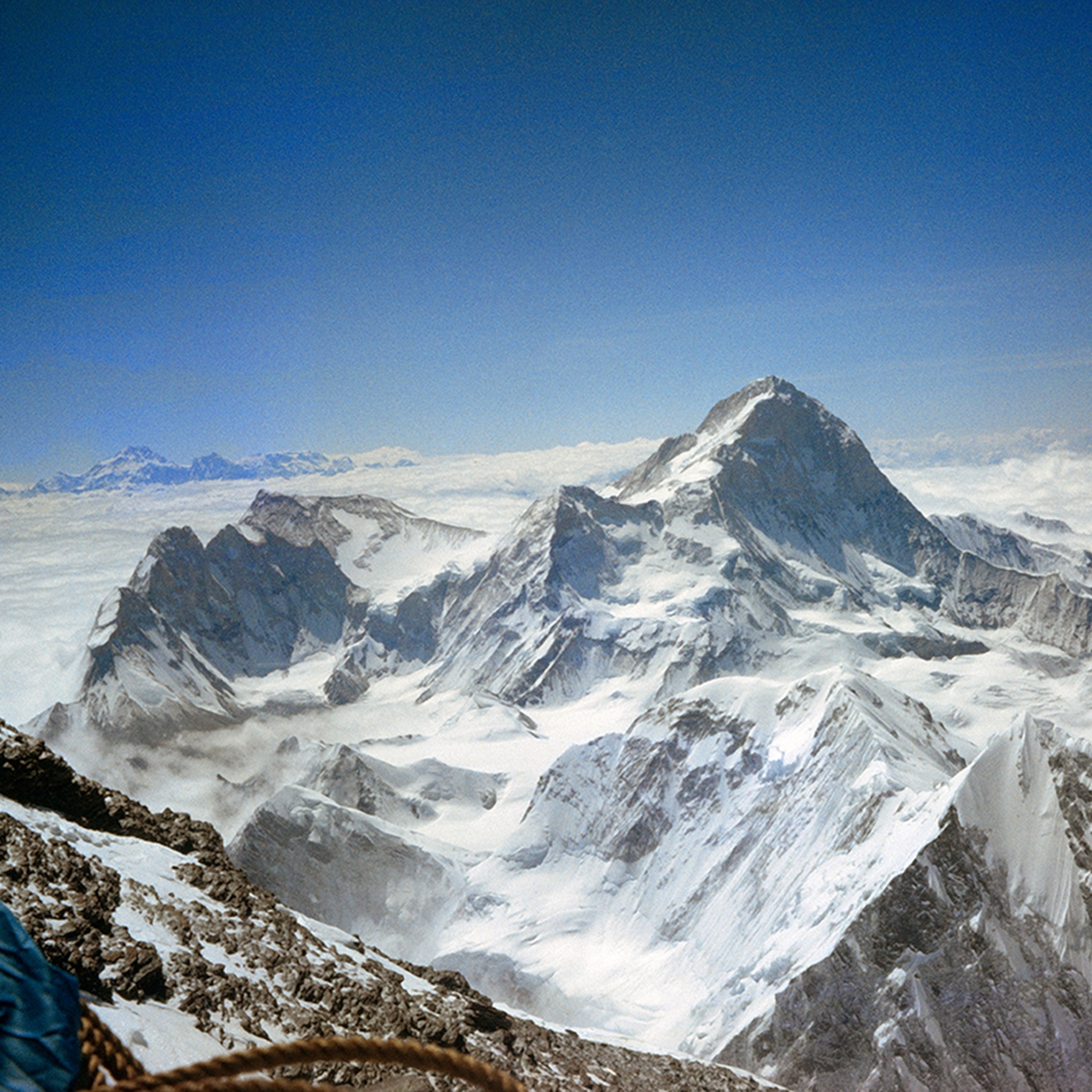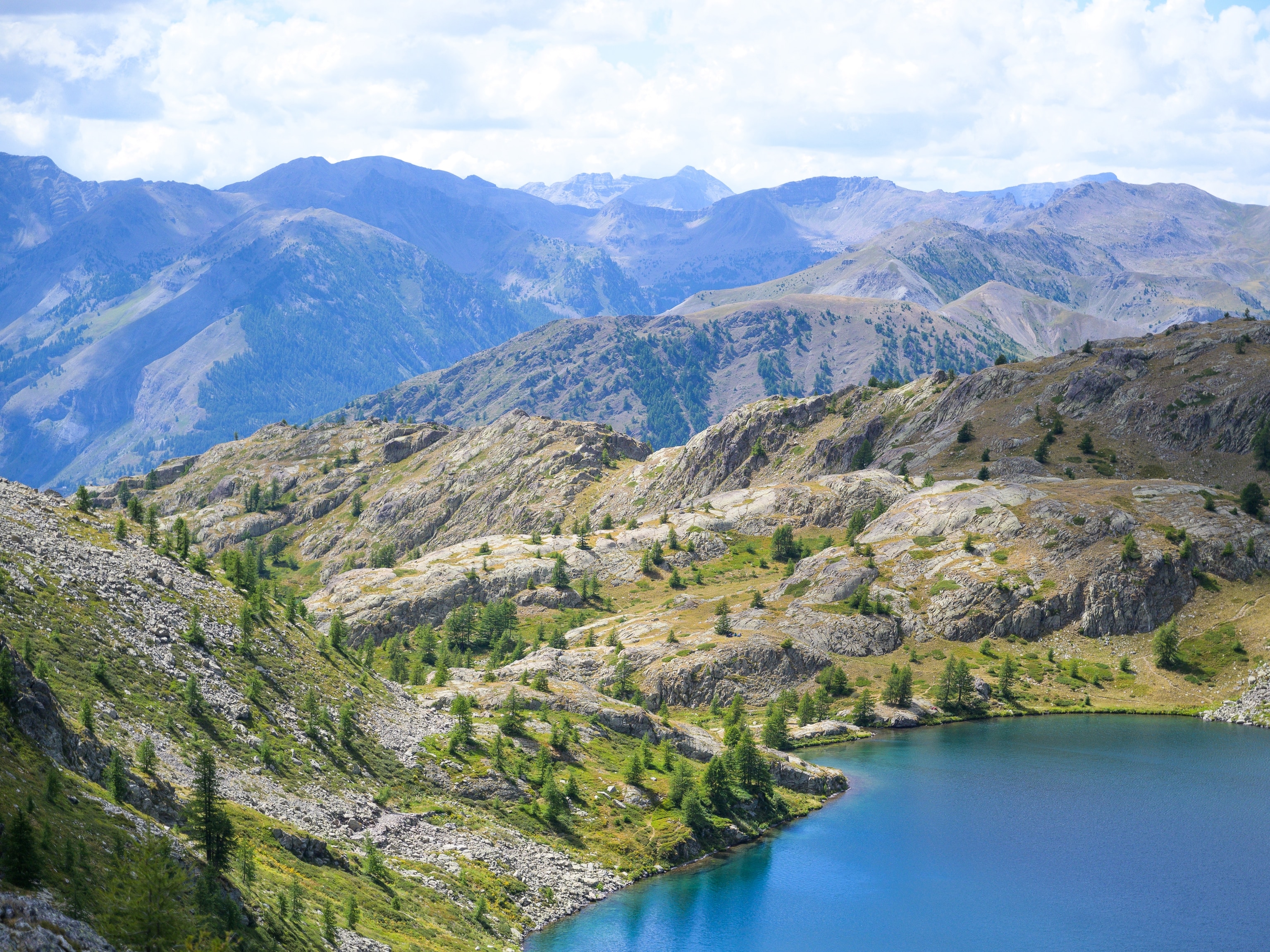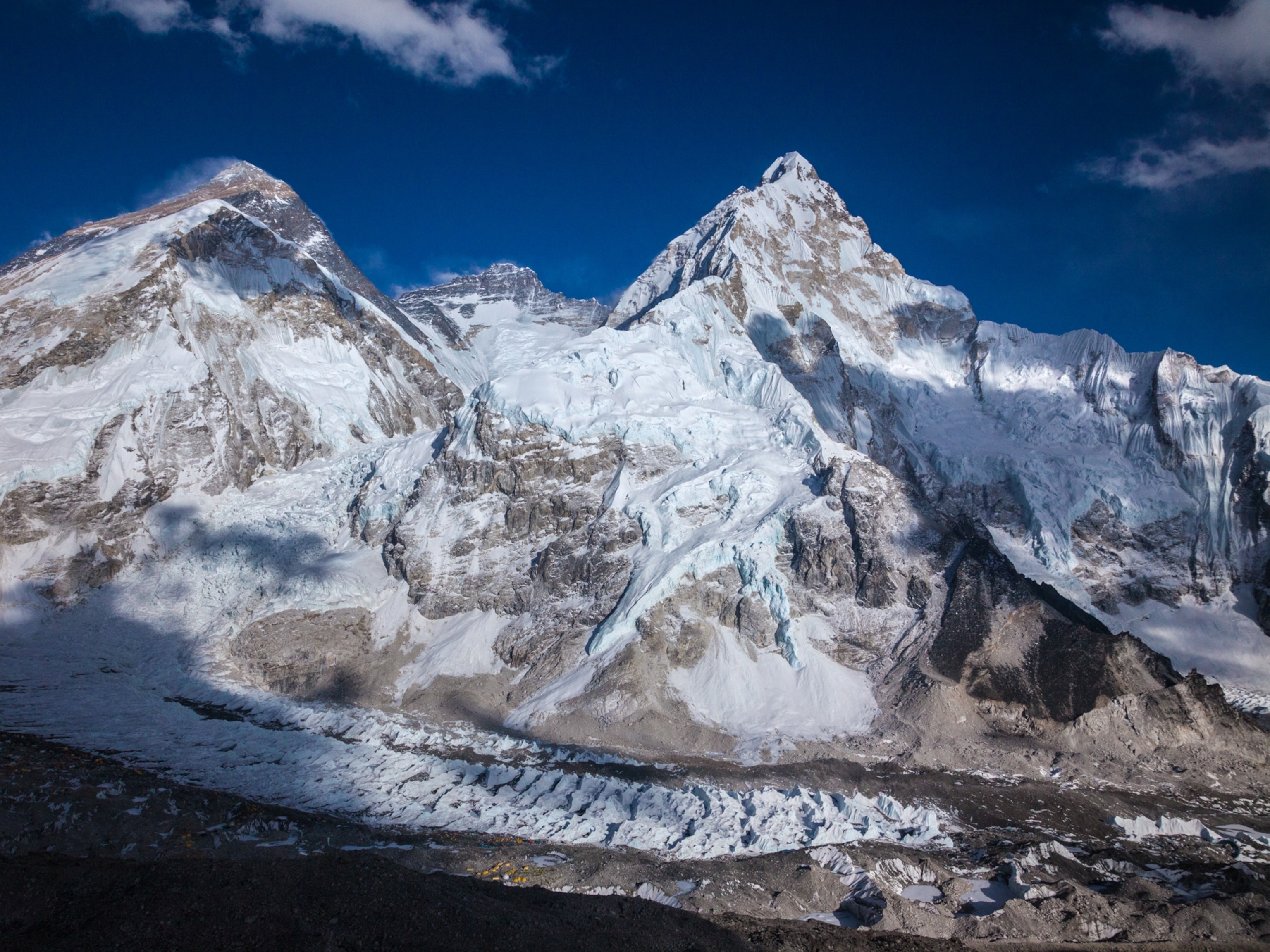
What Is Big-Wall Climbing?
These tall, steep, and technical rock formations require serious planning and skill.
Six climbers have journeyed to Queen Maud Land, Antarctica, to tackle new summits and climb big walls—a term used loosely to refer to very tall (usually at least 1,500 feet or 457 meters), very steep, and highly technical rock faces that would take experienced climbers more than a single day to ascend.
These climbs, which require massive logistical considerations, are particularly challenging in the extreme Arctic environment, and the team’s previous big-wall experience will be crucial to achieving their goals. What exactly does it take to succeed on these formations?
We’ll tell you.
How long do these climbs take?
El Capitan in Yosemite National Park, California, is perhaps the most famous big wall in the world. Incredibly, this 3,000-foot (914-meter) granite monolith has been speed-climbed in just over two hours. However, most climbers require two to five days to reach the top.
Some big-walls can take climbers 20 days or longer, especially if the wall is remote and the climbers are attempting a first ascent, as pioneering unclimbed terrain is a much slower and more exhaustive process than following a pre-established route.
El Capitan, with its five-minute approach from the car and reliable California weather, is the premier big-wall training ground. Climbers hone their technical skills here before going off to tackle bigger, harder, and more remote objectives around the planet, like walls in Baffin Island, Patagonia, the Himalaya, and Antarctica.
Five of the six climbers on this 2017 Antarctica expedition have put in hundreds of days climbing El Capitan over the past few decades, and they will put those skills to use on this trip.
“Honnold and I have been using Yosemite-style speed-climbing tactics here in Antarctica,” reports Cedar Wright in a December 9 dispatch, “which has been really useful here because as soon as you stop moving, the cold becomes paralyzing.”
The six primary peaks of the Wolf’s Jaw massif in Queen Maud Land, Antarctica, each contain big-wall facets between 1,200 and 2,500 feet (365 and 762 meters) tall. Though taller walls certainly exist around the world, none are situated in as remote a location and in such extreme conditions.
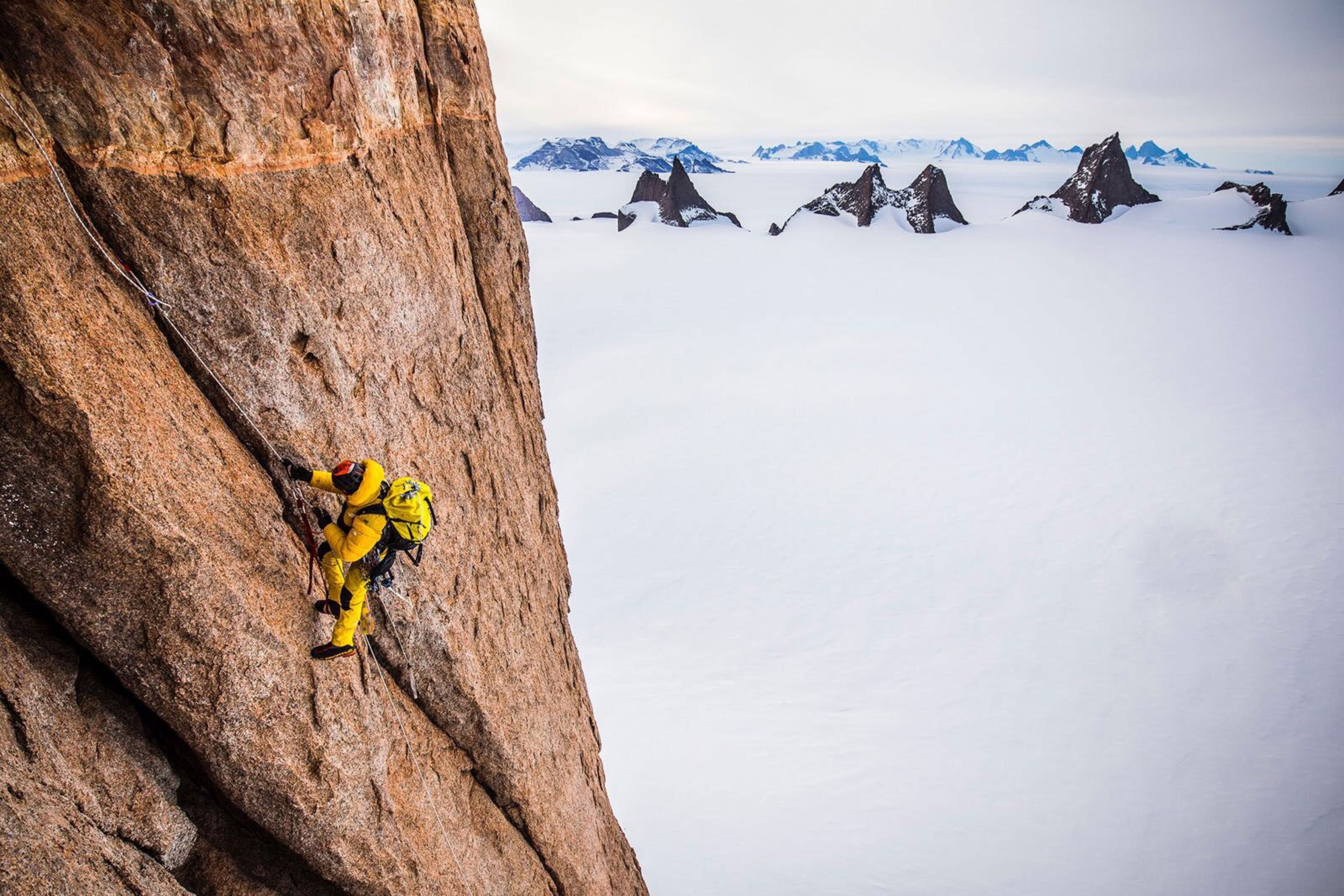
Where Do Climbers Sleep?
Big-wall climbers typically employ a variety of tactics to survive multi-day ascents. They use ropes and pulleys to haul up durable kevlar bags filled with gear, food, and water—sometimes a hundred pounds of it.
In Antarctica, the climbers can expect to haul fragmented blocks of ice that have been excavated out of the glacier below prior to climbing. The ice will then need to be melted using a hanging propane-canister stove. The resulting water must be either consumed immediately or used for cooking lest it re-freeze.
During a big-wall ascent, climbers may set up a camp at night on a hanging “portaledge,” a lightweight platform constructed from collapsible aluminum bars and stretched nylon fabric. It is a small rectangle just big enough for two climbers to lay down and rest.
Another tactic climbers use is a series of fixed ropes to create a strand between their highpoint and the ground below. Fixed ropes provide climbers with an easy way down, via rappel, as well as a relatively “easy” way back up to their high point, via mechanical ascenders. With this method, climbers have the luxury of returning to base camp at night. They can avoid hauling superfluous supplies and return each day to their highpoint by ascending the fixed ropes, which is still a grueling workout.
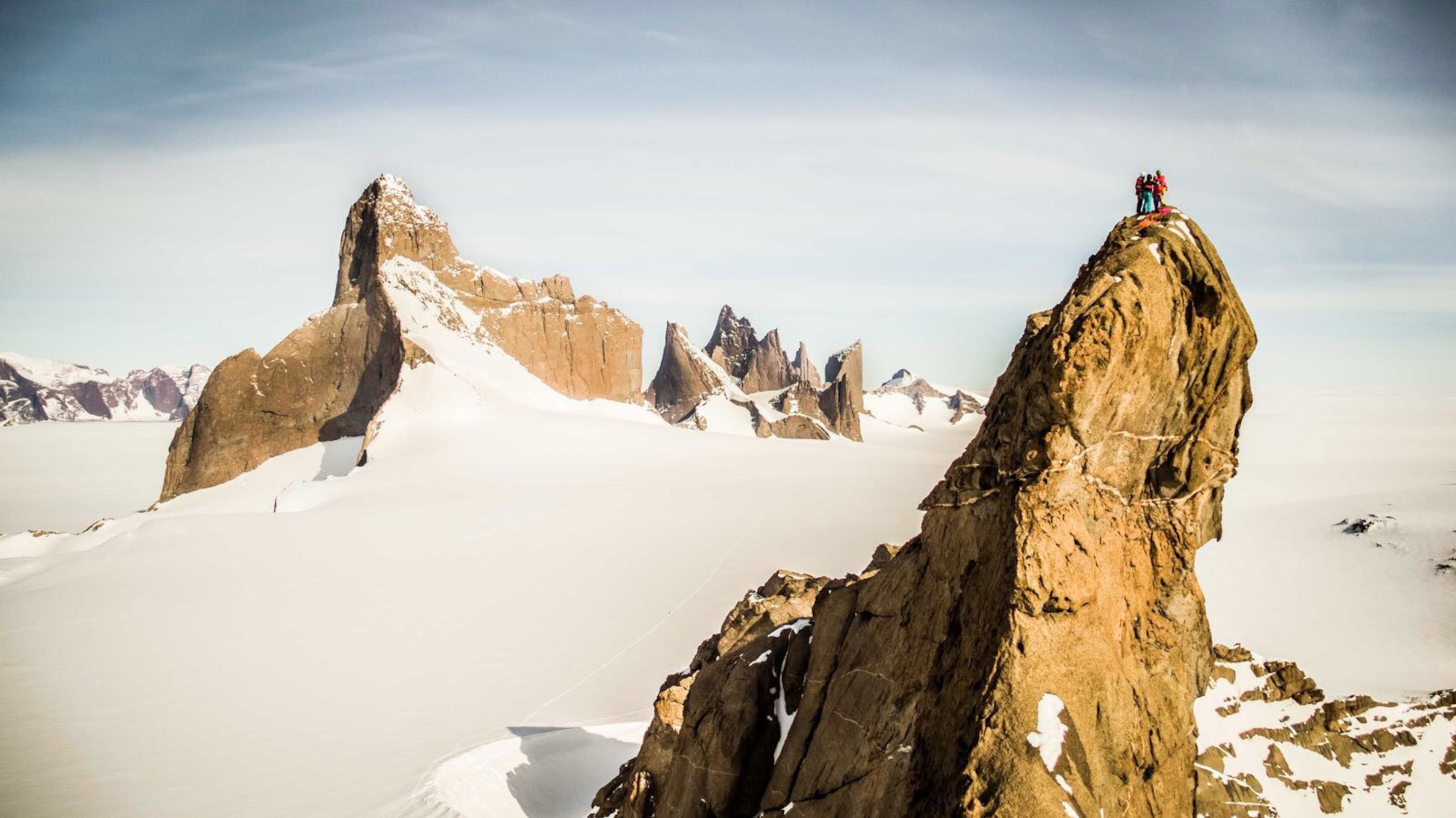
What Climbing Style Is Used?
In general, the objective of big-wall climbing is to reach the top of the monolith via any style necessary—though there are some ethical parameters, such as not installing scaffolding up the wall, and leaving as little impact and trace on the rock as possible. To achieve this goal, big-wall climbers typically employ “aid climbing” tactics, which means they will place and hang from tiny pieces of removable gear and stand in nylon slings to inch their ways upward.
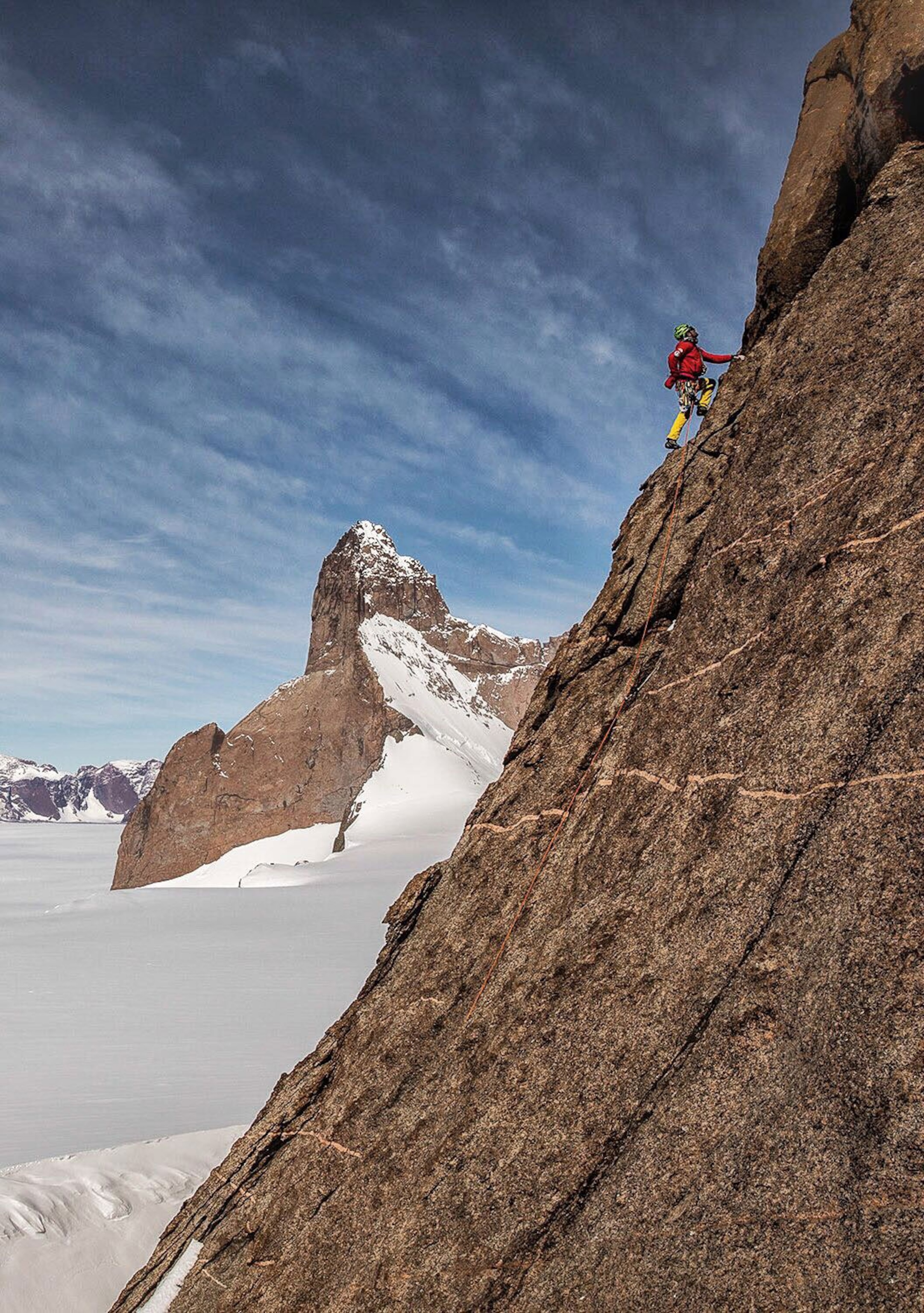
Aid-climbing is the opposite of free climbing, which describes using only your hands and feet to move up the natural features of the rock—relying on balance, strength, endurance, and technique to not fall. Ropes and gear are used in both aid climbing and free climbing, but the goal in free climbing is to ascend without falling or weighting the gear and rope. A route can only be said to have been “freed”—as in, free of aid—once a climber has linked from one belay point to the next one without a fall or hang. (Commonly confused with free climbing, free-solo climbing means ascending without any rope or gear.)
Little climbing has been done in Queen Maud Land since the first expedition to the region by a team of Norwegians in the early 1990s, and next to none of it has been of the free-climbing variety. This is due to the fact that free-climbing usually means you can’t wear gloves, and in Antarctica, it’s too cold go bare-handed constantly.
- National Geographic Expeditions
What About the Weather?
One of the most important considerations every big-wall climber must examine is the aspect of their object—in other words, which direction the wall faces. Is it in the sun or wind? Can advancing weather systems be spied from that aspect of the wall or might they be likely to sneak up from the opposite side? The aspect of a big-wall informs a dozen considerations, including what kind of clothing to bring, how much water will be needed, and even the stability of the rock itself.
Aspect is especially crucial in Antarctica. With highs in the sub-freezing temperature range, these climbers expect to seek out objectives in the sun, which, in the southern hemisphere, means they will be looking to climb on north-facing walls.
“Once we’re in base camp, the first thing we'll do is set up a sun dial and measure when peak sun is per UTC,” says Conrad Anker, referring to the Coordinated Universal Time zone. “That's a fun little project.”
Anker expects only to receive about four hours of peak sun a day. Knowing this bit of information will help the climbers strategize when to tackle routes.
This information will be especially important if Alex Honnold, whom a teammate calls “the best granite climber in the world,” decides to attempt to free climb one of these big walls.

